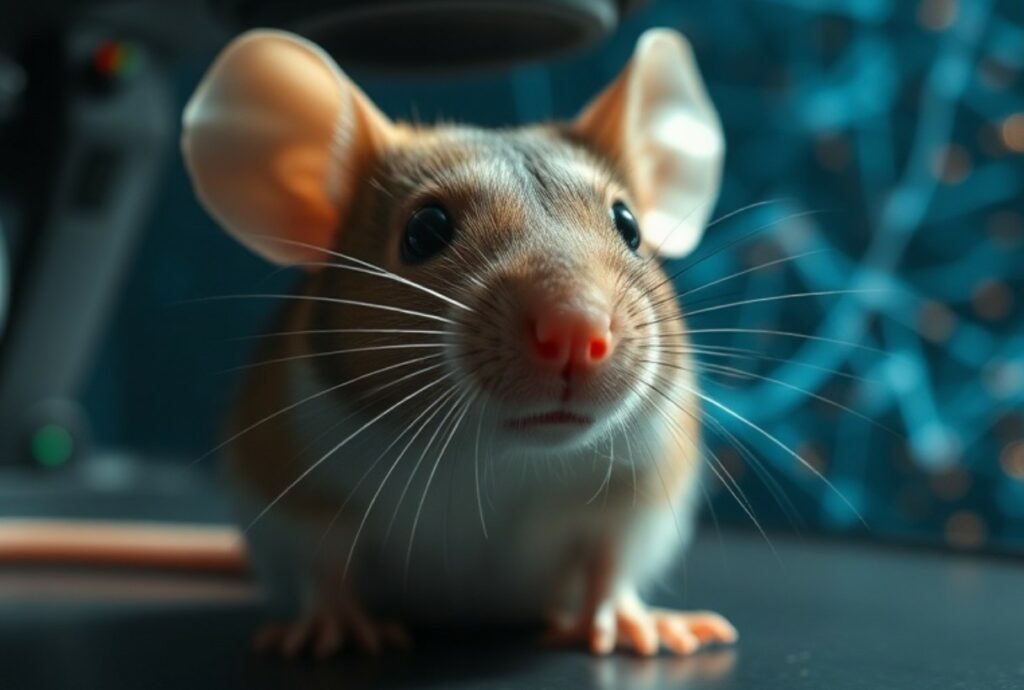
A study conducted at the Champalimode Foundation in Portugal has shown that a simple video recording is enough to “peek” into the thought process. Scientists discovered that mice’s facial expressions reflect their internal decision-making strategies. This finding paves the way for noninvasive studies of brain function, but also raises new questions about the boundaries of mental privacy.
In previous experiments, rodents were presented with a task involving two bowls of water. Only one of them contained sugar water at a given time, and the animals had to guess where the reward was located.
As the source changed, the mice had to adapt their approach. “We knew they could solve the task in different ways, and we could deduce their strategy from their behavior,” said Fanny Cazette, lead author of the study from the National Center for Scientific Research and Aix-Marseille University.
The researchers expected neurons to reflect only the chosen method at a given moment. Instead, the brain registered all possible options simultaneously, regardless of which one was actually implemented. This led them to test whether the strategies were also reflected in external manifestations.
The team simultaneously recorded neural activity and facial movements. They then used machine learning to analyze them. The results were unexpected: the subtlest elements of facial expression were as informative as signals from dozens of neurons. “To our surprise, we were able to gain as much information about what the mouse was ‘thinking’ as we could from direct brain recordings,” noted Zachary Mainen, the study’s lead author. He believes that such easy access to hidden cognitive processes could significantly advance neuroscience.
Equally surprising was the repeatability of the patterns. “We saw that identical facial movement patterns corresponded to the same strategies in different animals,” observed co-author Davide Reato, now at the University of Aix-Marseille and the École Minétienne de Saint-Étienne. Scientists believe these reflections can be compared to universal emotions.
The authors emphasize that the technique opens the possibility of studying brain function without surgery . This could help us understand both the normal functioning of the nervous system and its pathologies. However, easy access to internal processes raises ethical questions. “We need to think ahead about regulations to protect mental privacy,” added Mainen.
Alfonso Renart, another researcher who led the project, noted, “Our data demonstrate that videos capture more than just behavior: they can provide a detailed window into brain activity. While this is exciting from a scientific perspective, it also raises concerns about maintaining personal boundaries.”
Scientists believe video facial monitoring could become a powerful research tool, but they emphasize that protective measures need to be considered before the technology goes beyond the laboratory.
Follow us on Google News to receive daily updates on cybersecurity. Contact us if you would like to report news, insights or content for publication.
